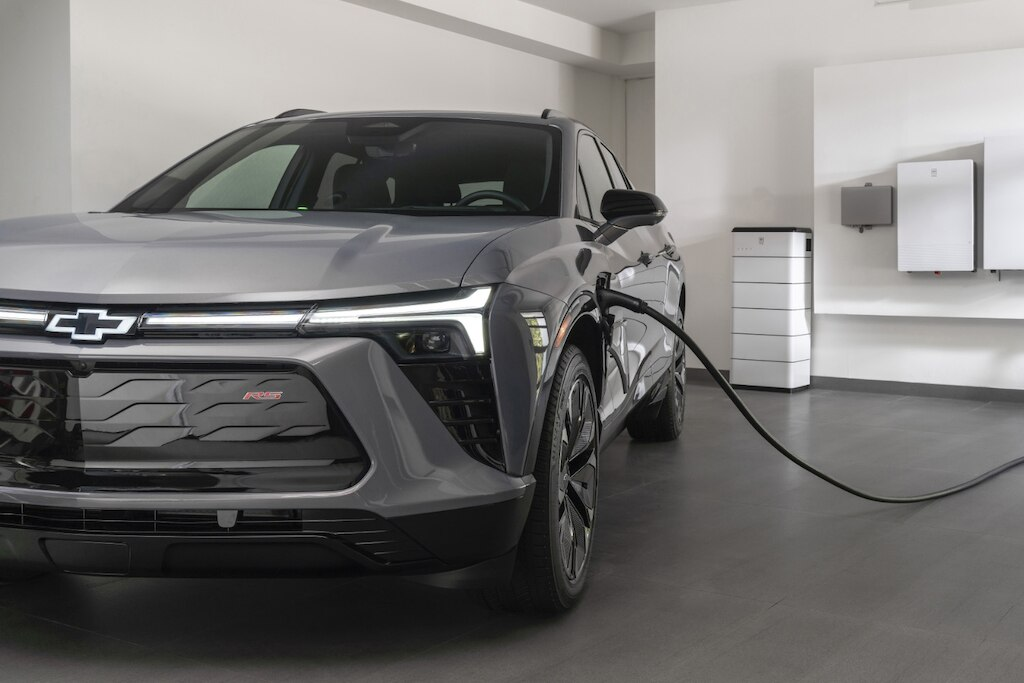In 2024, the landscape of urban mobility is undergoing a radical transformation, with EV charging hubs at the forefront of this revolution. According to Bloomberg Green, global electric vehicle sales are projected to surpass 15 million units this year, signaling a seismic shift in how we power our journeys. As cities grapple with the dual challenges of reducing emissions and accommodating growing populations, EV charging hubs are emerging as a pivotal solution. This article will delve into how these hubs are reshaping urban mobility, offering insights into their benefits, technologies, and practical applications.
The Rise of EV Charging Hubs
What Are EV Charging Hubs?
EV charging hubs are centralized locations equipped with multiple charging stations, often powered by renewable energy sources. These hubs provide a convenient, efficient, and sustainable way to recharge electric vehicles, making them an essential component of modern urban infrastructure.
- Key Features of EV Charging Hubs:
- High-Speed Chargers: Many hubs offer ultra-fast charging capabilities, reducing downtime significantly.
- Renewable Energy Integration: Solar panels and wind turbines often supplement grid power, reducing the carbon footprint of EVs.
- User Amenities: Some hubs include cafes, shops, and lounges, making recharging a productive or relaxing experience.
Why Are They Important?
The importance of EV charging hubs cannot be overstated. As Electrek reports, the demand for charging infrastructure is growing exponentially, matching the upward trajectory of EV adoption. The International Energy Agency (IEA) estimates that by 2030, there will be over 145 million electric vehicles on the road, necessitating a robust network of charging options.
- Benefits of Charging Hubs:
- Reduced Range Anxiety: With more charging points available, drivers are less concerned about running out of power.
- Boosted EV Adoption: Accessible charging infrastructure encourages more people to switch to electric vehicles.
- Urban Air Quality Improvement: By supporting the transition from fossil fuels to electricity, charging hubs contribute to cleaner city environments.
Cutting-Edge Technologies in EV Charging Hubs
Advanced Charging Solutions
Modern charging hubs are embracing cutting-edge technologies to enhance efficiency and user experience.
- Wireless Charging: Some hubs are experimenting with inductive charging pads, allowing vehicles to charge without plugging in.
- Smart Grid Integration: These systems optimize energy use, balancing demand and supply while reducing costs.
- AI-Driven Management: Artificial intelligence helps predict peak usage times, ensuring optimal charger availability.
Battery Innovations
Battery technology is a critical factor in the evolution of EV charging hubs. According to Battery University, advancements in solid-state batteries promise faster charging times and increased energy density, further enhancing the viability of EVs in urban settings.
- Solid-State Batteries: Offer higher safety and longer lifespans compared to traditional lithium-ion batteries.
- Recycling Initiatives: Programs are being developed to ensure sustainable disposal and reuse of battery materials.
Practical Tips for Using EV Charging Hubs
How to Charge at a Hub
Charging at an EV hub is designed to be as simple as possible. Here’s a step-by-step guide:
- Locate a Charging Hub: Use apps or navigation systems to find the nearest hub.
- Choose a Charger: Select a charger based on your vehicle’s compatibility and desired charging speed.
- Connect Your Vehicle: Plug in your EV or position it on a wireless charging pad if available.
- Monitor Charging: Use the hub’s app or your vehicle’s interface to track progress.
- Disconnect and Go: Once charged, safely disconnect your vehicle and continue your journey.
Where to Find the Best Charging Hubs
Finding the right charging hub is crucial for a smooth EV experience. Here are some top considerations:
- Location Proximity: Choose hubs that are conveniently located near your frequent routes.
- Amenities: Opt for hubs with additional services like Wi-Fi or dining options.
- Reliability: Check reviews or ratings for consistent service and uptime.
What to Compare When Choosing a Hub
When selecting an EV charging hub, consider the following factors:
- Charging Speed: Look for hubs with fast-charging capabilities to minimize waiting time.
- Cost: Compare prices, as they can vary significantly between providers.
- Sustainability Features: Prefer hubs that use renewable energy sources.
The Future of Urban Mobility with EV Charging Hubs
The future of urban mobility is bright, with EV charging hubs playing a central role. As Wired highlights, the integration of smart city technologies with EV infrastructure is set to create a seamless transportation ecosystem. By 2025, many cities aim to have expansive networks of charging hubs, supported by policies that promote sustainable energy use and technological innovation.
What’s Next?
The evolution of EV charging hubs is just beginning. Here’s what to expect:
- Increased Accessibility: More cities will integrate hubs into urban planning, making them as ubiquitous as gas stations.
- Technological Advancements: Innovations in charging speed and efficiency will continue to improve.
- Sustainability Focus: A stronger emphasis on renewable energy and eco-friendly practices will drive future developments.
Conclusion
EV charging hubs are revolutionizing urban mobility, making electric vehicles a more viable and attractive option for city dwellers worldwide. These hubs not only address the practical needs of EV owners but also contribute to broader environmental goals by reducing emissions and promoting renewable energy use. As we look to the future, the continued expansion and enhancement of EV charging infrastructure will play a pivotal role in shaping sustainable urban environments.
Are you ready to embrace the electric revolution? Share your thoughts in the comments below and join the conversation on how EV charging hubs are transforming our cities. Whether you’re an EV enthusiast or a curious commuter, the future of urban mobility is here, and it’s electrifying.

